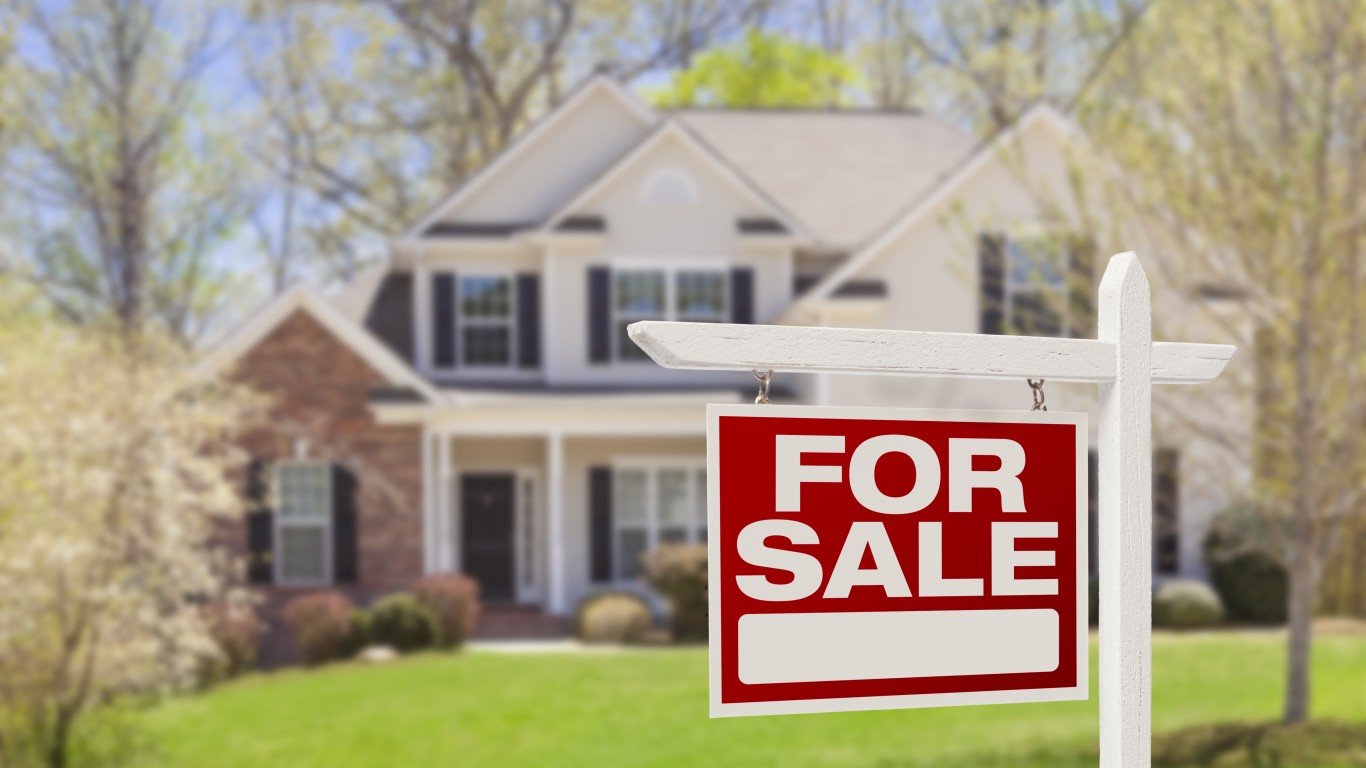

For eight straight weeks through June 7, demand for homes increased every week and ended the period up 25% compared with pre-COVID-19 demand in January and February. While that may be due partly to seasonal patterns (who wants to go home shopping in the middle of winter), online searches for single-family homes were up 28% year over year in May, according to online broker Redfin.
Data from the National Association of Home Builders (NAHB) indicate the nation’s homebuilders’ optimism index rose from 37 to 58 in June. An index score above 50 indicates a positive market for new homes.
The NAHB index jumped by 31 points to 48 in the Northeast, rose by 20 points to 62 in the South, gained 19 points to an index of 51 in the Midwest, and soared to 66, up 22 points, in the West.
Homebuilders’ outlook is even brighter. While current sales conditions posted an index score of 63 (up 21 points month over month), sales expectations for the next six months jumped by 22 points to 68. Traffic, as might be expected, remained below 50, but rose by 22 points to 43 in June.
The U.S. Census Bureau and the Department of Housing and Urban Development report on new residential construction for May, released Wednesday morning, rose by 4.3% month over month to an annual rate of 974,000. That’s 23.2% lower than the May 2019 annual rate of 1.27 million given the damage caused by the COVID-19 pandemic, a surprisingly solid number.
The Mortgage Bankers Association (MBA) reported Wednesday morning that seasonally adjusted applications for new mortgages rose by 8% last week, led by a 10% week-over-week jump in refinancings and a 4% increase in new purchase applications. Unadjusted, the purchase index rose by 21% year over year for the week. Mortgage loan rates at an all-time low of 3.30% for a 30-year fixed loan certainly contributed to the increases.
The optimism among builders likely is based on the still low levels of inventory and willingness among buyers to move to lower-priced homes outside the cities or even to a different city. While unemployment remains an overhang, for those Americans who have not been affected by the pandemic-related lockdowns, working from home has opened up new opportunities for many people to buy bigger homes further away from their offices without having to worry about commuting costs and time.
Redfin cited a Boston agent who said, “With interest rates so low, a lot of people want to buy who are currently renting in the city. They want to go somewhere for more space.”
NAHB chief economist Robert Dietz seconded that view: “Builders report increasing demand for families seeking single-family homes in inner and outer suburbs that feature lower density neighborhoods.”
Take This Retirement Quiz To Get Matched With A Financial Advisor (Sponsored)
Take the quiz below to get matched with a financial advisor today.
Each advisor has been vetted by SmartAsset and is held to a fiduciary standard to act in your best interests.
Here’s how it works:
1. Answer SmartAsset advisor match quiz
2. Review your pre-screened matches at your leisure. Check out the
advisors’ profiles.
3. Speak with advisors at no cost to you. Have an introductory call on the phone or introduction in person and choose whom to work with in the future
Take the retirement quiz right here.
Thank you for reading! Have some feedback for us?
Contact the 24/7 Wall St. editorial team.